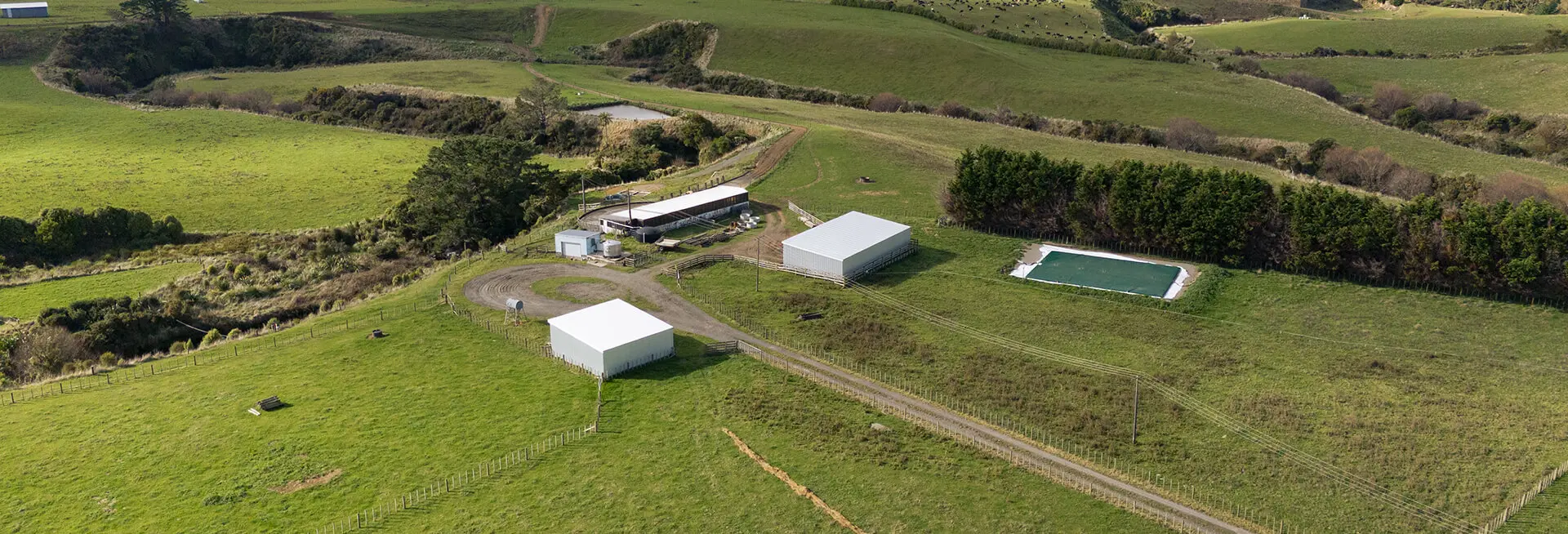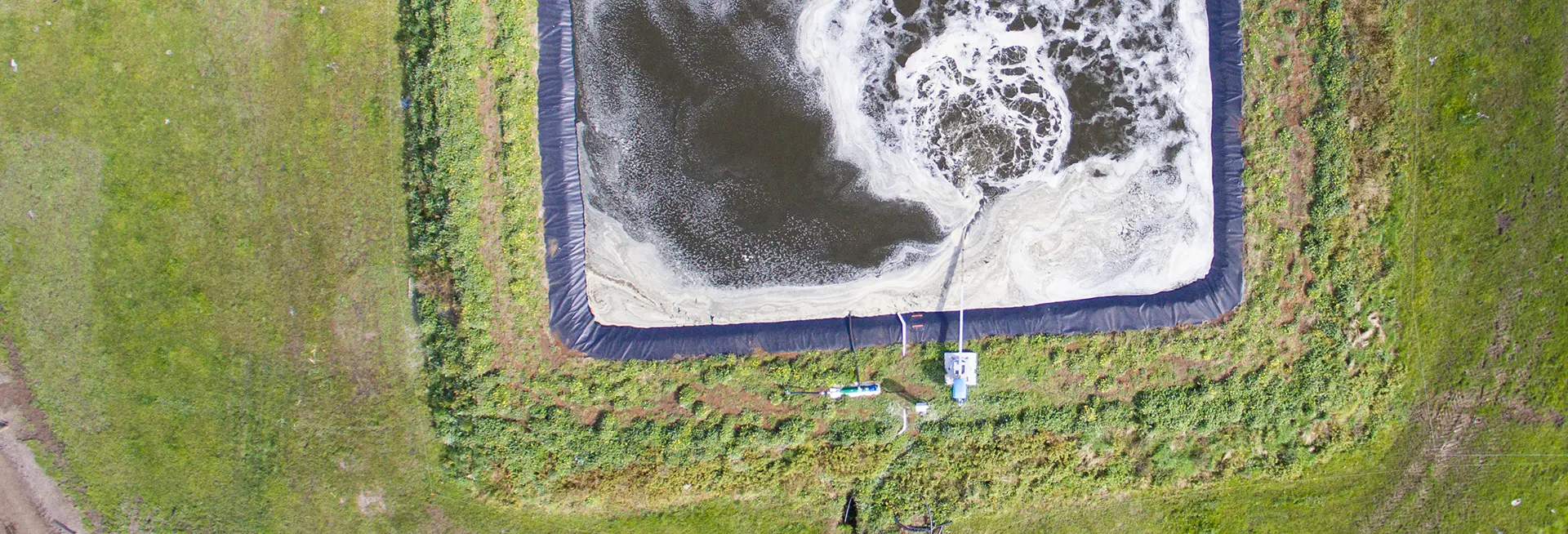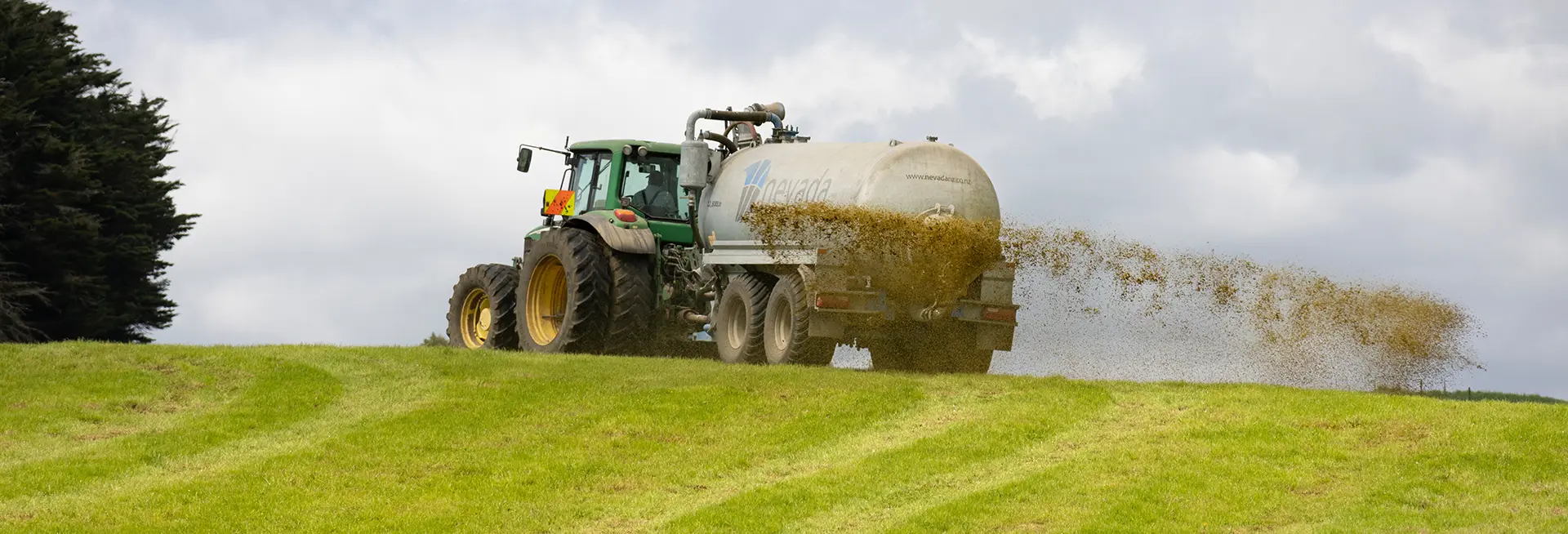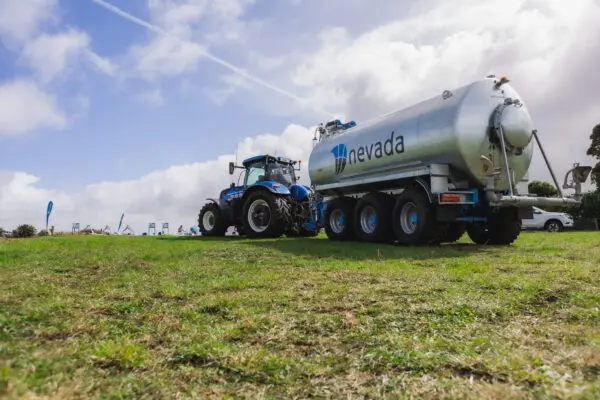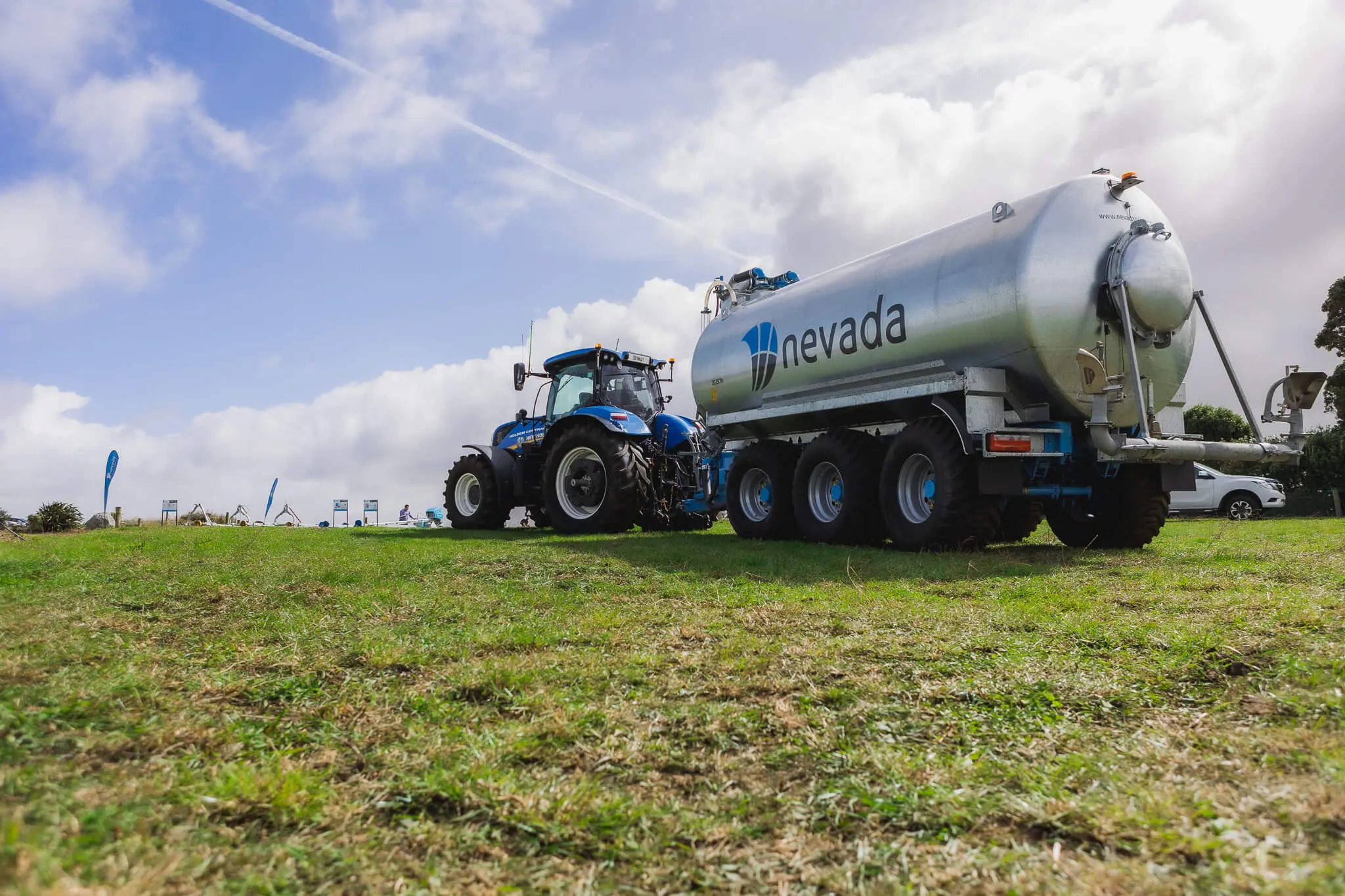Is an In-Ground Irrigation the Right Choice for Your Farm?
This really depends on what you want to achieve. In-ground effluent irrigation is a great ‘set-and-forget’ solution that can work while you sleep. A successful system doesn’t require you to monitor it and can be set to operate overnight when nutrients have a better absorption rate. However, your range of spread is limited to the length of your pipe, so a slurry tanker may also be required to reach outer paddocks, or for farmers with multiple farms. Additionally, although the typical travelling irrigator is great for low pressure application, they are susceptible to wind drift and volitisation – so best not used close to neighbouring properties.
Positives
- Can be low labour input (depending on irrigator)
- Can be set to work overnight when nutrients have the best absorption
- Some travelling irrigators are low pressure
- Low maintenance
Negatives
- Limited reach based on pipe length
- Susceptible to wind drift and volitisation
- Slower than other spreading methods
- Not suitable for hilly terrain
How to correctly set up an in-ground effluent irrigation system
Setting up an in-ground effluent irrigation system is actually really simple. For the majority of dairy farms your system will include:
- 90mm pipeline
- PC pump
- Low pressure travelling irrigator or Fertigators™
Why? Because the pipeline, pump and irrigator are all co-related, and these three things will provide the optimum combination to achieve what the typical in-ground system is designed for.
A PC pump is your best bet for maintaining the constant flow required for in-ground effluent irrigation systems. Regardless of elevation, the flow will remain constant, with no manual priming required. They are also the most efficient option.
The type of irrigator chosen will determine the flow/pressure required for your system:
- Low pressure travelling irrigators are recommended due to their ability to spread evenly, and many can be adjusted to suit soil conditions.
- Fertigators are a good option for spreading over a larger area with a controlled application rate and are suitable for hilly terrain.
- Rain guns are generally not recommended as they require high pressure to run which can cause strain on the system.
The length of your pipeline and height above your effluent pond/storage will also determine your requirements.
Exceptions to the rule
Of course, there are always exceptions to the rule. But be warned – just because something can be made to work, doesn’t mean it’s the best solution…
Here’s some examples of where your effluent irrigation system may need a different setup:
- You want to run two irrigators to get the job done faster
- Your irrigator has big nozzles, requiring more water
- There is a large difference in elevation
In most cases there is a better solution to achieve the desired result, so it is best to talk to a specialist for some free advice before investing in an in-ground system. Relating to the examples above:
- If you’re wanting speed and efficiency, a drag hose system is much faster, more cost effective, has far less wind drift and volitisation, and allows for greater control.
- If the nozzles on your travelling irrigator are too big you can lose velocity and solids will settle out causing bio charges. Depending on what you want to achieve, an alternative applicator may be a better option.
- If you’re on highly elevated land an in-ground irrigation system may not be the best choice. Generally, a drag hose system or slurry tanker would be recommended.
Already got a system but it’s not working?
If you’ve already got an in-ground effluent irrigation system but it’s not working as it should, don’t panic. Here’s what you can do:
- Check your pump and irrigator are in good working order.
- Make sure your pipes are not blocked or broken.
- It’s always a good idea to give your slurry a good stir prior to pumping – this will prolong the life of your pump.
If all of these things are fine, call an accredited effluent specialist to come and assess the setup. They will be able to advise on why it’s not working and what you can do to achieve results. The good news is solutions are usually reasonably inexpensive and rarely require pulling up pipes.
